
Updated: 7.5.25
Imagine the smell of burnt rubber, the roar of engines, and the electric energy in the air. Welcome to the world of motorsports—specifically, go-karting and drifting.
While both offer adrenaline-pumping experiences, they're fundamentally different. Let’s explore the key distinctions between these two exhilarating activities.
Definition and Purpose
Go-Karting: The Fast Track to Racing Skills
Go-karting is a gateway to motorsports, emphasizing speed, strategy, and precision in small, open-wheel vehicles. It’s about clocking the best lap time while navigating tight corners and outpacing opponents on a professional track.
Drifting: Sliding with Style
Drifting is all about control and finesse—initiating and maintaining a rear-wheel slide through a turn, judged by angle, speed, and style rather than time.
Vehicle Type and Design
Go-Karts: Lightweight, Track-Ready Racers
These purpose-built machines are stripped-down and nimble, providing responsive handling that’s perfect for racing circuits.
Drift Cars: Customised for Controlled Chaos
Drift cars, often rear-wheel drive, are heavily modified for sliding—featuring tuned engines, reinforced suspension, and specific tyre compounds to balance grip and drift.
Racing Style
Go-Karting: Competitive Speed and Precision
The goal is consistent speed and tactical overtaking, demanding quick reactions and race awareness.
Drifting: Judged on Showmanship
Rather than timed races, drifters compete for the best execution—graded on angle, fluidity, and commitment through the corners.
Track Layout and Conditions
Go-Karting: Variety Builds Skill
Go-kart tracks feature sharp corners, elevation changes, and long straights to test cornering and braking.
Drifting: Tight, Technical Sections
Drifting venues prioritize corners and transitions that challenge car control and highlight spectacle.
Driving Techniques
Go-Karting: Smooth Lines and Apex Mastery
Technique matters most—learn racing lines, optimize momentum, and hit apexes consistently for quick laps.
Drifting: Oversteer Control and Balance
Drifting is reactive driving—balancing throttle, steering, and brake inputs to keep the car sideways without spinning out.
Competitive Scene
Go-Karting: Structured, Accessible Motorsport
From indoor rentals to national championships, karting offers something for every level.
Drifting: Flash, Style, and Crowd Appeal
Events like Formula Drift showcase elite drifters performing technical slides to cheering audiences under bright lights.
Safety Considerations
Go-Karting: Helmets, Rules, and Track Etiquette
Tracks enforce strict safety rules, including gear like helmets, gloves, and suits—ensuring family-friendly fun.
Drifting: Equipment and Environmental Awareness
Drifting requires extra safety considerations—roll cages, fire gear, and understanding oversteer dynamics for maximum control.
Accessibility and Cost
Go-Karting: Entry-Level Fun
Rental karts at indoor tracks make racing affordable and beginner-friendly—ideal for kids and new drivers.
Drifting: High Customisation, Higher Cost
Drifting requires investment—buying, modifying, and maintaining vehicles pushes up costs compared to karting.
Community and Culture
Go-Karting: Skill-Based, Supportive
Focused on development and competition, karting communities are inclusive and performance-driven.
Drifting: Creative, Close-Knit Subculture
Drifting celebrates individuality and team spirit. It’s a lifestyle of wrenching, tuning, and late-night sessions at local events.
Conclusion
Go-karting and drifting represent two paths through the fast-paced world of motorsports. Whether you crave lap records or live for tyre smoke and flair, each offers its own rewards.
The only question is: what kind of driver are you?
Will you chase the perfect line—or the perfect slide?


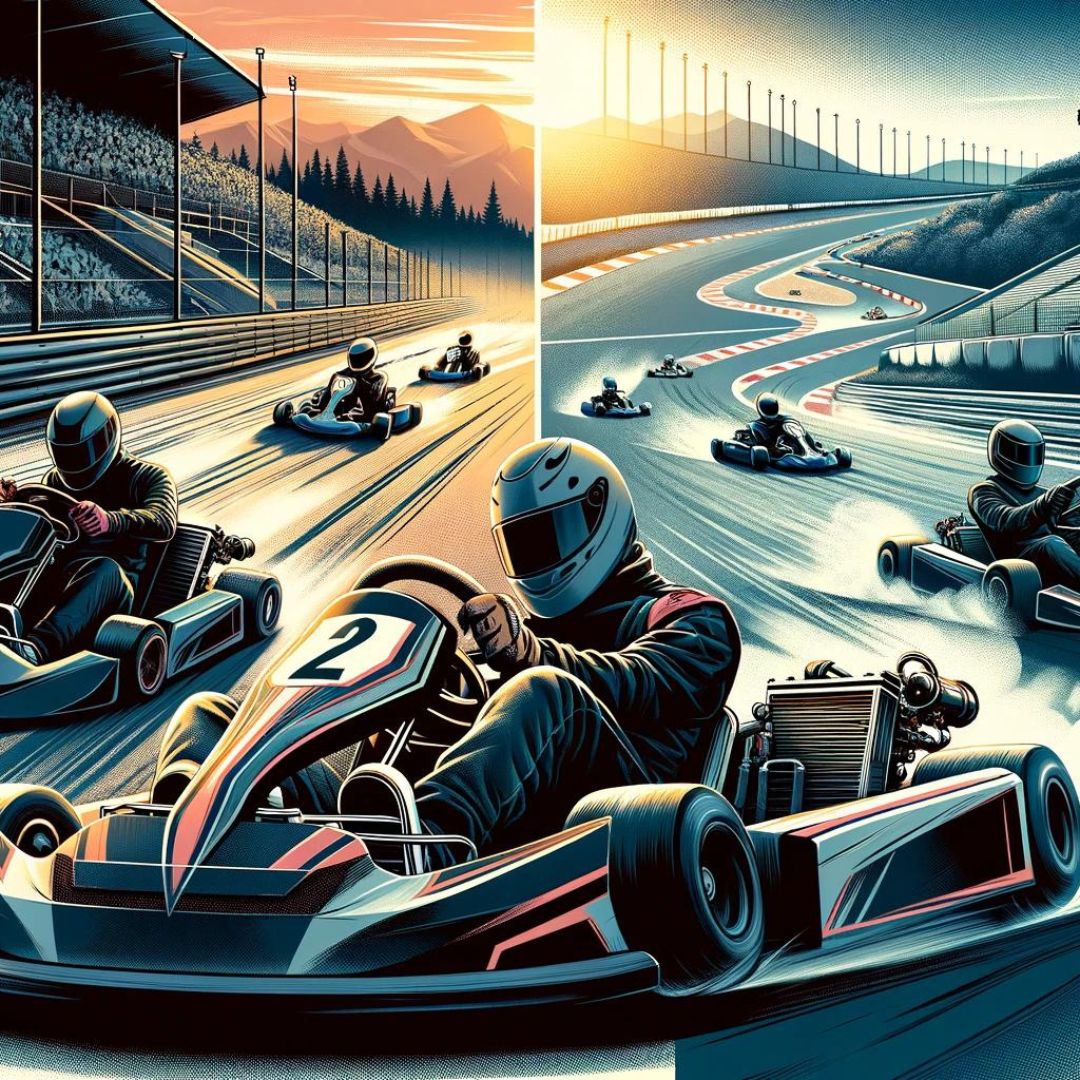

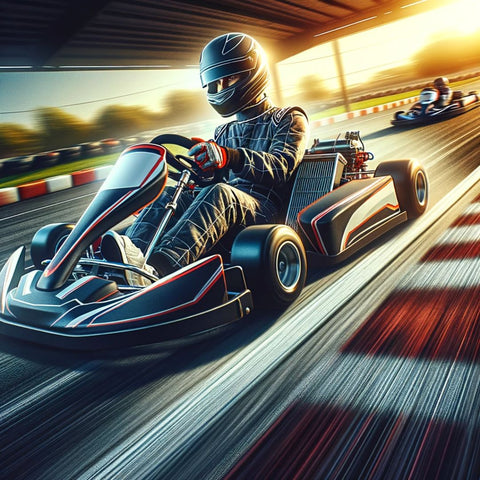

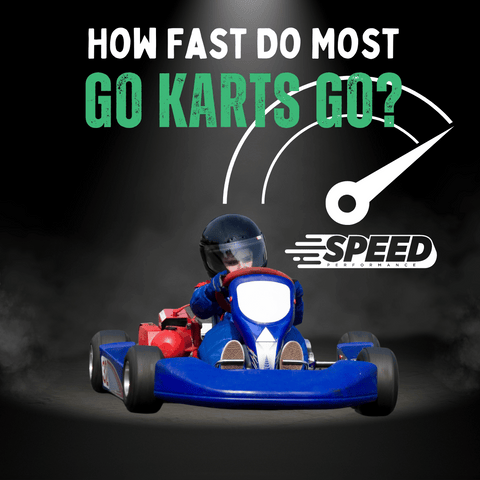
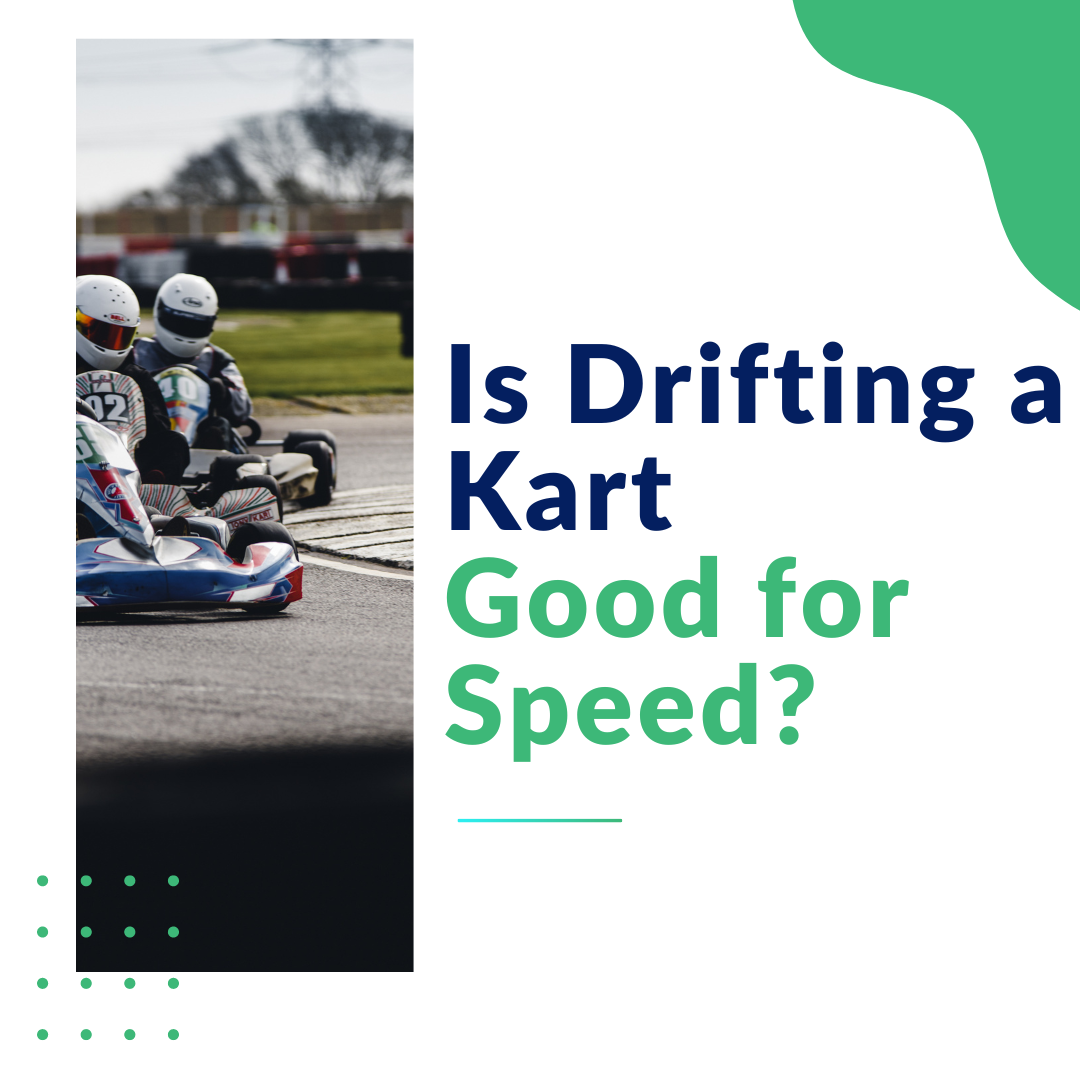



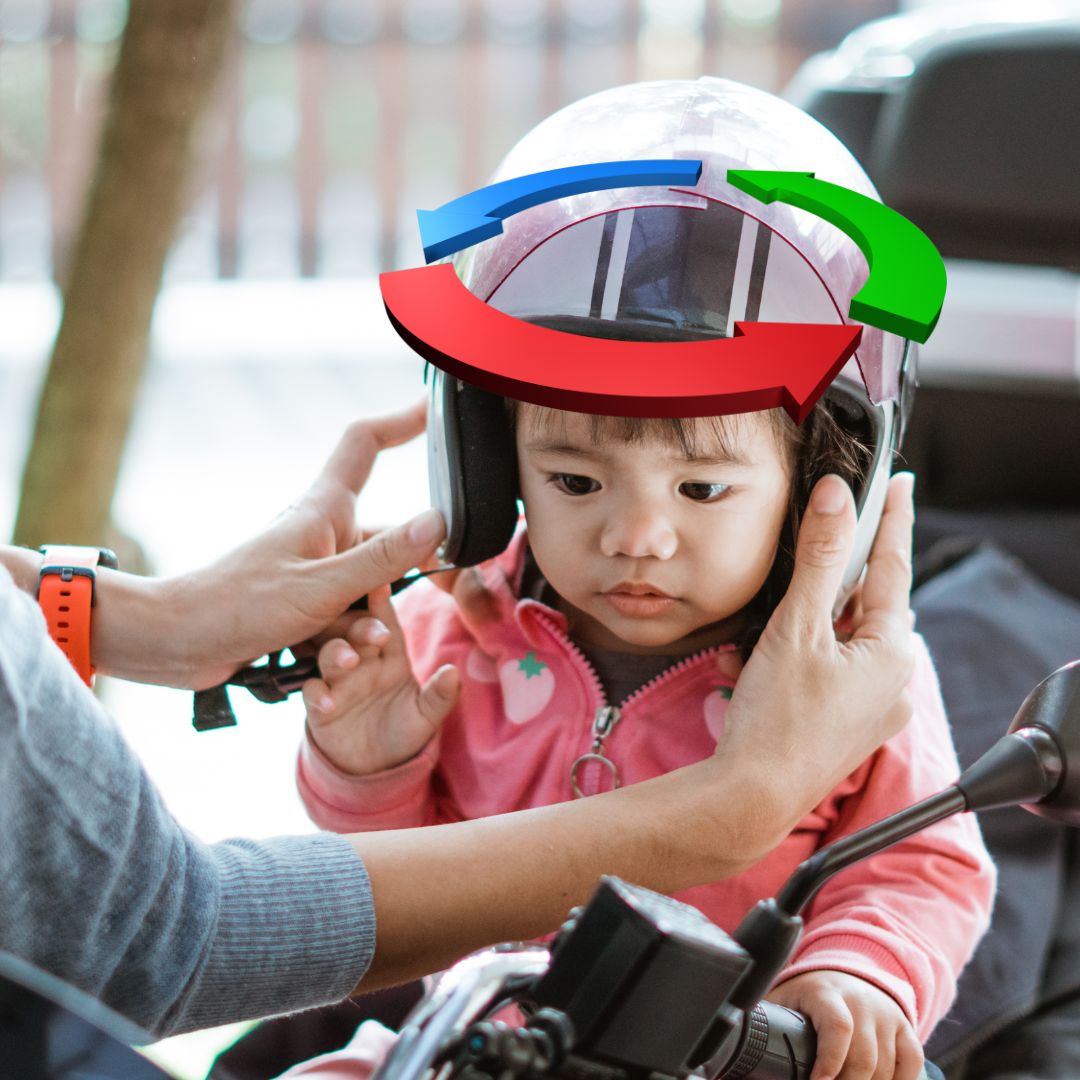

Share:
The History of Drift Go-Karts
Here's How You Drift A Normal Go-kart